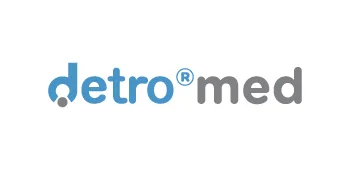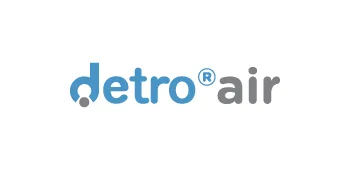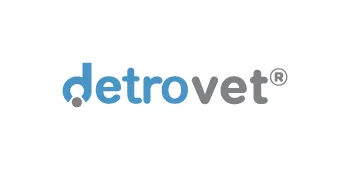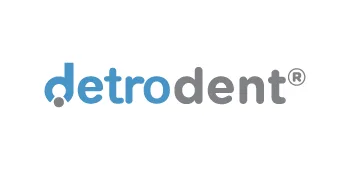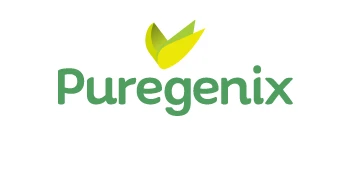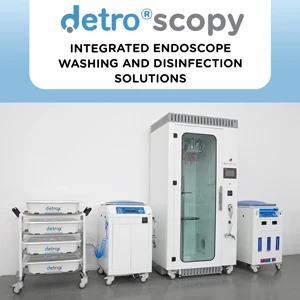Label Reading Guide for Hygiene and Disinfection Products: What Does It Mean?
The correct use of products used in the health, hygiene and cleaning sectors is as vital as the correct selection. However, many users either completely ignore or have difficulty understanding the labels on the disinfectant or antiseptic product.
In this article, we explain step by step what the statements on the labels of hygiene and disinfection products mean and why they are critical for correct product selection and safe use.
Why is the label so important?
The label of a disinfectant or antiseptic product does not only indicate its brand or odour; it also provides critical information about the product’s effect, area of use, safety level and legal compliance.
A misunderstood label:
- To an ineffective disinfection application,
- Chemical exposure in the healthcare worker or user,
- May cause device or surface damage.
Basic Label Sections and Meanings
✅ Active Substance / Active Component
The active substance is the chemical that provides the effect of the product on microorganisms. It is usually included on the labelling with a percentage.
Samples
- Chlorhexidine 2%
- Ethanol 70
- Peracetic Acid 0,2
- Hydrogen Peroxide 3
This ratio affects both the level of effectiveness and the risk of utilisation.
✅ Intended Use and Area
The label usually contains clear statements such as “for hospital surfaces”, “for surgical instruments” or “for skin antisepsis”.
There may also be warnings such as “ready to use” or “must be diluted”.
Caution: A product used in the wrong area can lead to loss of effectiveness or material damage.
✅ Microbiological Action Spectrum
This section lists the microorganisms against which the product is effective.
Example phrases:
- Bactericidal (bactericidal)
- Fungicidal (fungicidal)
- Virucidal (destroys viruses)
- Sporicidal (destroys spores, maximal effect)
Not all products target all pathogens. For example, a hand antiseptic may not kill spores.
✅ Instructions for use
It is the section containing information such as application time (duration of action), quantity, method (spraying, wiping, dipping).
Contact Time:
Expressions such as “minimum 1 minute contact time” on labels indicate the time required for the product to be effective. If these times are not observed, microorganism death may not occur.
✅ Warnings and Safety Information (Pictograms)
This section contains symbols that indicate the hazards involved in handling the product. These are standard symbols in accordance with the European Union CLP (Classification, Labelling and Packaging) regulation.
Common Pictograms:
- ☠️ Toxic Substance – May cause serious health hazards.
- ⚠️ Irritant / Sensitiser – May cause irritation to skin and eyes.
- 🔥 Flammable Symbol – Flammable product.
- 🧬 Long-term Health Hazard – May have carcinogenic or mutagenic effects.
Recommendation: Check the safety data sheet (SDS) before using the product.
✅ Biocidal Product Licence Number
Disinfectants licensed as biocidal products in Turkey carry a number issued by the Ministry of Health. Thanks to this number:
- Tests are carried out,
- That it’s legally authorised for sale,
- Determination of microorganism groups in which it is effective
proven.
Otherwise beware: Unlicensed products are illegal and unsafe.
✅ Production and Expiry Date
Microbiological efficacy may decrease in expired products. This is especially the case with ingredients such as hydrogen peroxide and peracetic acid.
Some products may have extra information such as “must be consumed within 3 months after opening”.
Critical Errors on the Label
- Misleading claims such as “100% natural”: Being natural alone is not enough for hygiene products; efficacy certificates should be sought.
- Mixed or missing labels: Products without a Turkish description on the packaging should not be preferred.
- Products without an active substance ratio: This indicates that efficacy tests may also be missing.
- Fake biocidal numbers: It is possible to confirm the number in the system of the Ministry of Health.
Practical Advice for Users
- Do not use any disinfectant or antiseptic without reading the label.
- Do not use more than one product for the same surface; mixtures can be dangerous.
- Follow the “instructions for use” of the products exactly.
- The duration of action on the label indicates the exposure time of the disinfectant or antiseptic.
- In case of skin or eye contact, follow the first aid information on the label.
Label Information is the Key to Effective and Safe Hygiene
Although hygiene and disinfection products are frequently encountered in our daily lives, label literacy is essential for effective and safe use. Labels are not just a set of information, but a guarantee of infection control, user safety and legal compliance.
Remember, the right product is only effective when used with the right information.









